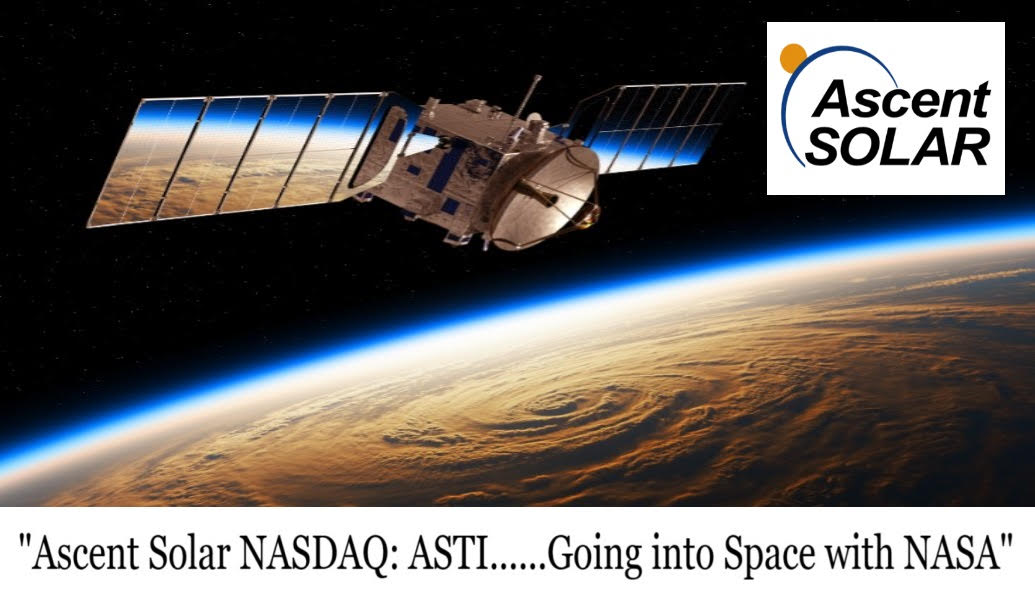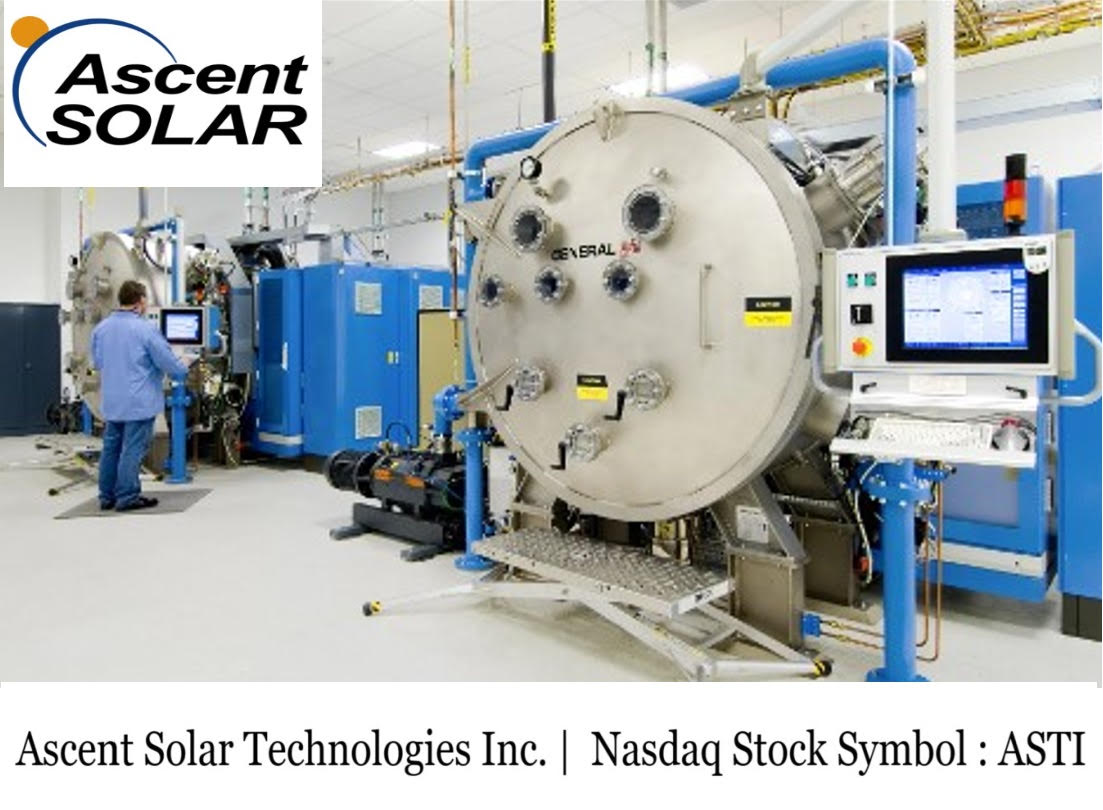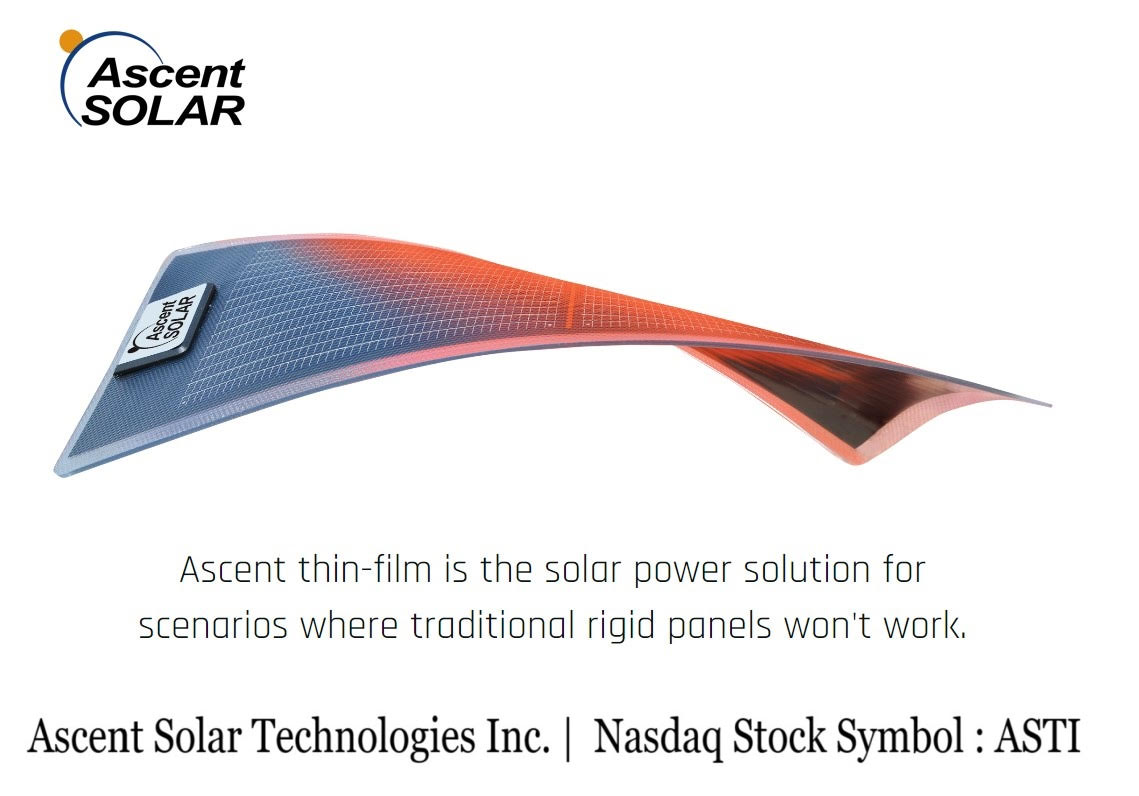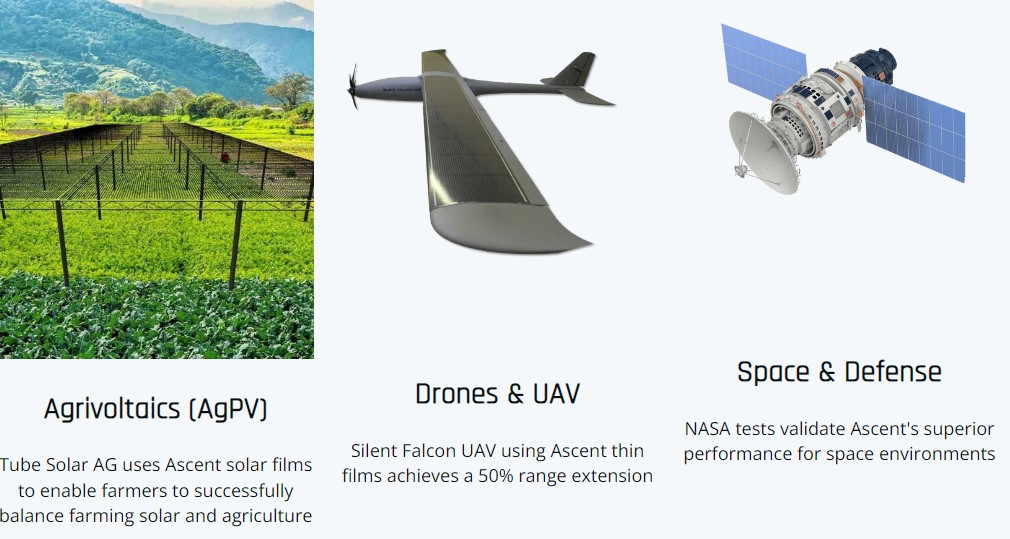Popular on s4story
- Post-Traditional Career Expert Sandra Buatti-Ramos Receives 2025 Top Career Coach Recognition - 332
- The Office of Count Jonathan of Aquitaine Establishes Centre for Education and Diplomacy - 310
- Bookmakers Review: Joe Rogan Favored to Win Inaugural 2025 Golden Globes Podcast of the Year - 289
- The 2025 "Aizu Festival" in Aizu Wakamatsu City will be held September 19–21 - 289
- Ubleu Crypto Group Achieves FinCEN Registration and Colorado Incorporation, Accelerating U.S. Market Entry - 285
- New Urban Fantasy Series 'Secret Empires' Brings Ancient Magic and Hidden Wars to Life - 283
- Iterators Named Preferred Accessibility Testing Vendor by MIT - 282
- Memoir Surge and Publishing Innovation: Independent Houses Lead the Next Chapter of Literary Culture - 223
- Sober.Buzz Adds Second Podcast, "Spreading the Good BUZZ" Guest List Grows, Numbers Continue Growing Globally, All While Josh and Heidi Tied the Knot - 210
- Love Death + Explosives: Thomas Pynchon's Polipsychology | An Essay by Michael Finney - 210
Similar on s4story
- AureaVault Launches U.S.-Licensed Cryptocurrency Exchange with Enhanced Security Features
- IOTAP Named to 2025 Inc. 5000 List of America's Fastest-Growing Private Companies
- Lineus Medical and Venture Medical Sign New Zealand Distribution Agreement
- $5 - $20 Million in Sales for 2026; $25 - $40 Million for 2027 Projected with NASA Agreements; New MOU Signed to Improve Solar Tech in Space
- University of South Pacific and Battery Pollution Technologies Forge Strategic Partnership to tackle Battery End-of-Life Challenges in the Pacific
- Growth Acceleration via Strategic Reverse Split After $10 Million Acquisition for Concerts.com and TicketStub.com; AI Powered Sports/Entertainment Co
- Century Fasteners Corp. Exhibiting at the 2025 International Fastener Expo
- Canvas Cloud AI Launches to Transform Cloud Education From Memorization to Mastery
- The Squires Group Becomes a Workday Partner
- PermianMuseum.com adds Interstellar Visitor Video Gallery
Agreement to Supply US-Based Defense Provider with Thin-Film Solar Tech for Orbital Application; Ascent Solar Technologies, Inc. (N A S D A Q: ASTI)
S For Story/10663832
Ascent Solar Technologies, Inc. (N A S D A Q: ASTI) $ASTI has a Collaborative Agreement Notice with NASA to Advance Development of Thin-Film PV Power Beaming Capabilities
THORNTON, Colo. - s4story -- Provider of Innovative, High-Performance, Flexible Thin-Film Solar Panels for Environments Where Wass, Performance, Reliability and Resilience Matter.
Successful Applications in Space Missions, Aircraft, Agrivoltaic Installations, Industrial/Commercial Construction and Consumer Goods.
Research and Development Center and 5-MW Nameplate Production Facility Strategically Located in Thornton, Colorado.
Multiple Strategic Partners in the Space Market, Including a Major Defense Contractor, Multiple Deployable Technology Companies and a Satellite Company.
Teaming Agreement to Supply US-Based Defense Solutions Provider with Thin-Film Solar Technology for Orbital Application.
Ascent Solar Technologies Enters Collaborative Agreement Notice with NASA to Advance Development of Thin-Film PV Power Beaming Capabilities.
Record New Efficiency of 15.7% at Production Scale for CIGS Solar Technology.
Ascent Solar Technologies, Inc. (N A S D A Q: ASTI) is backed by 40 years of R&D, 15 years of manufacturing experience, numerous awards, and a comprehensive IP and patent portfolio. ASTI is a leading provider of innovative, high-performance, flexible thin-film solar panels for use in environments where mass, performance, reliability and resilience matter. ASTI photovoltaic (PV) modules have been deployed on space missions, multiple airborne vehicles, agrivoltaic installations, in industrial/commercial construction as well as an extensive range of consumer goods, revolutionizing the use cases and environments for solar power. The ASTI research and development center and 5-MW nameplate production facility is strategically located in Thornton, Colorado.
Teaming Agreement to Supply US-Based Defense Solutions Provider with Thin-Film Solar Technology for Orbital Application
On June 27th ASTI announced today a Teaming Agreement to supply a US-based defense solutions provider with its cutting edge, thin-film solar technology solutions for upcoming orbital applications and future missions.
ASTI is able to offer mission-optimized solar array solutions using its CIGS PV product line that has been developed with spaceflight heritage. These high-maturity CIGS PV products are produced domestically in the ASTI 5 MW facility in Thornton, CO, enabling array deliveries in just six-to-eight weeks. In contrast, most competitors are unable to meet tight delivery deadlines, often requiring lead times of nine-to-twelve months. Earlier this year, ASTI received several orders for spaceflight hardware assemblies that are on schedule to be completed and delivered this summer.
More on S For Story
Ascent Solar Technologies Enters Collaborative Agreement Notice with NASA to Advance Development of Thin-Film PV Power Beaming Capabilities
THORNTON, Colo., June 26, 2025 -- Ascent Solar Technologies (N a s d a q: ASTI) ("Ascent" or the "Company"), the leading U.S. innovator in the design and manufacture of featherweight, flexible, and durable CIGS thin-film photovoltaic (PV) solutions, announced today that the company is commencing work on a Collaborative Agreement Notice (CAN) with NASA Marshall Space Flight Center (MSFC) and support from NASA Glenn Research Center (GRC) to efficiently advance capabilities for receiving beamed power using CIGS PV modules.
The CAN program targets rapid iterative development to mature commercial products for enabling mission architectures to include beamed power. The public-private partnership includes Ascent contributing design and prototyping services with NASA providing technical subject matter expertise and test services through combined MSFC & GRC efforts. This 12-month technology maturation will result in commercial products being made available for distributed space power infrastructure, drastically lowering the cost, complexity and risk of NASA missions.
Launched in 2023, NASA's Psyche Mission has demonstrated deep space laser communications across 19 million miles of space, validating the efficacy of tight-beaming technologies over vast distances. Bench-testing conducted by NASA MSFC in 2024 demonstrated receiving beamed power using Ascent's commercial-off-the-shelf (COTS) products as a preceding validation of the technology prior to the CAN award.
The CAN is evaluating the ability of Ascent's CIGS PV modules to generate power while illuminated by energy-dense beams of light, with goals to convert more usable power from the equivalent of tens of Earth's Sun. The ability to remotely receive 10x more power on-demand while using the same PV cells tasked with collecting sunlight can significantly reduce solar array mass and volume required to meet mission power needs. In practice, this suggests that beamed-power architectures can lead to reductions of both spacecraft mass and volume budgets. These size efficiencies will result in agency payloads proportionally increasing relative to the spacecraft as a whole, thus allowing the prioritization of more technology, science and exploration within limited mission budgets.
Planetary missions require advanced surface mobility logistics and depend on power generation subsystems that comprise a substantial proportion of the landed downmass. It is here where Ascent technology poses a potential solution for reducing spacecraft power system mass and volume needs, creating a significant impact on the overall mission.
The CAN's goals include increasing the array power output while lengthening the operational duty cycles to verify that improvements to this emerging technology can help enable NASA to effectively and efficiently achieve the agency's Commercial Lunar Payload Services (CLPS) missions, Artemis campaign to the Moon, and planetary science objectives. This includes enabling surviving the lunar night as well as powering remote access to areas of scientific interest such as cold traps and permanently shadowed regions on the Moon (PSRs) where water, the potential key to lunar in-situ resource utilization (ISRU), is believed to be located in high concentrations. Ultimately, this could lead to an order of magnitude reduction in the downmass required to access expensive space exploration and science mission destinations. The going rate for robotic landers on the Moon is between 6 & 7-figures per kilogram delivered to the lunar surface, equating to upwards of tens of millions of potential savings per lander mission.
More on S For Story
"This collaboration with NASA further bolsters our longstanding belief that the unique capabilities of thin-film solar technology will play an integral role in overcoming the challenges of reliably converting solar energy and also receive beamed power in a breadth of harsh space environments," said Paul Warley, CEO of Ascent Solar Technologies. "Through our work together, we plan to bring an even more capable product line to market that will reduce mission costs and complexities while improving PV efficiency, making our technology a crucial piece of future space missions."
This cross-NASA-center teaming is demonstrative of rallying together with commercial partners to achieve the agency's broader Lunar program goals. Beamed power stands to allow NASA program dollars to accomplish more at a fraction of the cost. With 55 countries having signed the Artemis Accords since 2020, the establishment of critical Lunar infrastructure with less resources required facilitates achieving more together with international partners.
Achievement of Record New Efficiency of 15.7% at Production Scale for CIGS Solar Technology
On June 9th ASTI announced that its thin-film CIGS technology reached record efficiency at 15.7% (AM0) at production scale. This achievement aligns with the previously announced ASTI 2025 strategy which aimed to continue improving upon its thin-film PV's material quality, technological efficiency and production design optimization to increase the applicability of the technology in the space market.
Using the Titan™, a module approximately one square foot in size, ASTI can now produce a formidable 15.7 watts in power per unit. These modules are approximately 0.03mm in thickness and just over eight grams in weight, possess an impressive power density of 1960W/kg before encapsulation.
ASTI engineering and production teams have consistently achieved increases in device efficiency and overall performance since September 2023. In the last 18 months, ASTI has reached significant milestones in efficiency testing, with the latest achievement of 15.7% representing a significant increase from Q1 2024:
(Note: Power generation figures reflect STC conditions and AM0)
"These continued efficiency improvements for our CIGS arrays are the direct result of our U.S.-based manufacturing team's tireless focus on process improvement and advanced device engineering," said Paul Warley, CEO of ASTI. "The jump in device efficiency we've experienced over the past two years has dramatically enhanced our technology's readiness for the space market, positioning it as an ideal solar material choice for satellite power systems and other spacecraft."
For more information on $ASTI visit: https://www.ascentsolar.com or https://compasslivemedia.com/asti/For more information on $ASTI visit:
Media Contact
Company Name: Ascent Solar Technologies, Inc (N a s d a q: ASTI)
Contact Person: Paul Warley, CEO
Email: sales@ascentsolar.com
Phone: (720) 872-5000
Country: United States
Website: https://www.ascentsolar.com
DISCLAIMER: https://corporateads.com/disclaimer/
Disclosure listed on the CorporateAds website
Successful Applications in Space Missions, Aircraft, Agrivoltaic Installations, Industrial/Commercial Construction and Consumer Goods.
Research and Development Center and 5-MW Nameplate Production Facility Strategically Located in Thornton, Colorado.
Multiple Strategic Partners in the Space Market, Including a Major Defense Contractor, Multiple Deployable Technology Companies and a Satellite Company.
Teaming Agreement to Supply US-Based Defense Solutions Provider with Thin-Film Solar Technology for Orbital Application.
Ascent Solar Technologies Enters Collaborative Agreement Notice with NASA to Advance Development of Thin-Film PV Power Beaming Capabilities.
Record New Efficiency of 15.7% at Production Scale for CIGS Solar Technology.
Ascent Solar Technologies, Inc. (N A S D A Q: ASTI) is backed by 40 years of R&D, 15 years of manufacturing experience, numerous awards, and a comprehensive IP and patent portfolio. ASTI is a leading provider of innovative, high-performance, flexible thin-film solar panels for use in environments where mass, performance, reliability and resilience matter. ASTI photovoltaic (PV) modules have been deployed on space missions, multiple airborne vehicles, agrivoltaic installations, in industrial/commercial construction as well as an extensive range of consumer goods, revolutionizing the use cases and environments for solar power. The ASTI research and development center and 5-MW nameplate production facility is strategically located in Thornton, Colorado.
Teaming Agreement to Supply US-Based Defense Solutions Provider with Thin-Film Solar Technology for Orbital Application
On June 27th ASTI announced today a Teaming Agreement to supply a US-based defense solutions provider with its cutting edge, thin-film solar technology solutions for upcoming orbital applications and future missions.
ASTI is able to offer mission-optimized solar array solutions using its CIGS PV product line that has been developed with spaceflight heritage. These high-maturity CIGS PV products are produced domestically in the ASTI 5 MW facility in Thornton, CO, enabling array deliveries in just six-to-eight weeks. In contrast, most competitors are unable to meet tight delivery deadlines, often requiring lead times of nine-to-twelve months. Earlier this year, ASTI received several orders for spaceflight hardware assemblies that are on schedule to be completed and delivered this summer.
More on S For Story
- Minecraft: A Glitch in Time (Diary of a Minecraft Zombie: CHRONICLES OF CHARLES AND TINA)
- Birch Tree Publishing Launch: Jane Austen's Elinor and Marianne (The Jane Austen Dynasty)
- The Learning Circle Childcare Centre – South Surrey Campus Currently Enrolling for September & Fall
- Antoine Maurice King Reaches #1 on Amazon with Think Like ChatGPT
- New Ownership, Same Heart: Jimmy & Jennifer Jhanda Take The Reins At Primos
Ascent Solar Technologies Enters Collaborative Agreement Notice with NASA to Advance Development of Thin-Film PV Power Beaming Capabilities
THORNTON, Colo., June 26, 2025 -- Ascent Solar Technologies (N a s d a q: ASTI) ("Ascent" or the "Company"), the leading U.S. innovator in the design and manufacture of featherweight, flexible, and durable CIGS thin-film photovoltaic (PV) solutions, announced today that the company is commencing work on a Collaborative Agreement Notice (CAN) with NASA Marshall Space Flight Center (MSFC) and support from NASA Glenn Research Center (GRC) to efficiently advance capabilities for receiving beamed power using CIGS PV modules.
The CAN program targets rapid iterative development to mature commercial products for enabling mission architectures to include beamed power. The public-private partnership includes Ascent contributing design and prototyping services with NASA providing technical subject matter expertise and test services through combined MSFC & GRC efforts. This 12-month technology maturation will result in commercial products being made available for distributed space power infrastructure, drastically lowering the cost, complexity and risk of NASA missions.
Launched in 2023, NASA's Psyche Mission has demonstrated deep space laser communications across 19 million miles of space, validating the efficacy of tight-beaming technologies over vast distances. Bench-testing conducted by NASA MSFC in 2024 demonstrated receiving beamed power using Ascent's commercial-off-the-shelf (COTS) products as a preceding validation of the technology prior to the CAN award.
The CAN is evaluating the ability of Ascent's CIGS PV modules to generate power while illuminated by energy-dense beams of light, with goals to convert more usable power from the equivalent of tens of Earth's Sun. The ability to remotely receive 10x more power on-demand while using the same PV cells tasked with collecting sunlight can significantly reduce solar array mass and volume required to meet mission power needs. In practice, this suggests that beamed-power architectures can lead to reductions of both spacecraft mass and volume budgets. These size efficiencies will result in agency payloads proportionally increasing relative to the spacecraft as a whole, thus allowing the prioritization of more technology, science and exploration within limited mission budgets.
Planetary missions require advanced surface mobility logistics and depend on power generation subsystems that comprise a substantial proportion of the landed downmass. It is here where Ascent technology poses a potential solution for reducing spacecraft power system mass and volume needs, creating a significant impact on the overall mission.
The CAN's goals include increasing the array power output while lengthening the operational duty cycles to verify that improvements to this emerging technology can help enable NASA to effectively and efficiently achieve the agency's Commercial Lunar Payload Services (CLPS) missions, Artemis campaign to the Moon, and planetary science objectives. This includes enabling surviving the lunar night as well as powering remote access to areas of scientific interest such as cold traps and permanently shadowed regions on the Moon (PSRs) where water, the potential key to lunar in-situ resource utilization (ISRU), is believed to be located in high concentrations. Ultimately, this could lead to an order of magnitude reduction in the downmass required to access expensive space exploration and science mission destinations. The going rate for robotic landers on the Moon is between 6 & 7-figures per kilogram delivered to the lunar surface, equating to upwards of tens of millions of potential savings per lander mission.
More on S For Story
- "Echoes in Green: The Big Yellow Sun" by Edward Forde Hickey is published
- THE LEAGUE: Where Basketball Meets Culture in the Heart of LA — Played at The Surgeon
- Integris Composites Joins Pacific Future Forum in Tokyo
- New Book Gatekeeping Your Marriage Covenant Empowers Couples to Build Strong, God-Centered Marriages
- BusinessRate Selects New Jersey Therapy & Life Coaching as Best Couselors
"This collaboration with NASA further bolsters our longstanding belief that the unique capabilities of thin-film solar technology will play an integral role in overcoming the challenges of reliably converting solar energy and also receive beamed power in a breadth of harsh space environments," said Paul Warley, CEO of Ascent Solar Technologies. "Through our work together, we plan to bring an even more capable product line to market that will reduce mission costs and complexities while improving PV efficiency, making our technology a crucial piece of future space missions."
This cross-NASA-center teaming is demonstrative of rallying together with commercial partners to achieve the agency's broader Lunar program goals. Beamed power stands to allow NASA program dollars to accomplish more at a fraction of the cost. With 55 countries having signed the Artemis Accords since 2020, the establishment of critical Lunar infrastructure with less resources required facilitates achieving more together with international partners.
Achievement of Record New Efficiency of 15.7% at Production Scale for CIGS Solar Technology
On June 9th ASTI announced that its thin-film CIGS technology reached record efficiency at 15.7% (AM0) at production scale. This achievement aligns with the previously announced ASTI 2025 strategy which aimed to continue improving upon its thin-film PV's material quality, technological efficiency and production design optimization to increase the applicability of the technology in the space market.
Using the Titan™, a module approximately one square foot in size, ASTI can now produce a formidable 15.7 watts in power per unit. These modules are approximately 0.03mm in thickness and just over eight grams in weight, possess an impressive power density of 1960W/kg before encapsulation.
ASTI engineering and production teams have consistently achieved increases in device efficiency and overall performance since September 2023. In the last 18 months, ASTI has reached significant milestones in efficiency testing, with the latest achievement of 15.7% representing a significant increase from Q1 2024:
- Q3 2023: 11.6 watts
- Q4 2023: 13.3 watts
- Q1 2024: 14.0 watts
- Q2 2025: 15.7 watts
(Note: Power generation figures reflect STC conditions and AM0)
"These continued efficiency improvements for our CIGS arrays are the direct result of our U.S.-based manufacturing team's tireless focus on process improvement and advanced device engineering," said Paul Warley, CEO of ASTI. "The jump in device efficiency we've experienced over the past two years has dramatically enhanced our technology's readiness for the space market, positioning it as an ideal solar material choice for satellite power systems and other spacecraft."
For more information on $ASTI visit: https://www.ascentsolar.com or https://compasslivemedia.com/asti/For more information on $ASTI visit:
Media Contact
Company Name: Ascent Solar Technologies, Inc (N a s d a q: ASTI)
Contact Person: Paul Warley, CEO
Email: sales@ascentsolar.com
Phone: (720) 872-5000
Country: United States
Website: https://www.ascentsolar.com
DISCLAIMER: https://corporateads.com/disclaimer/
Disclosure listed on the CorporateAds website
Source: CorporateAds
Filed Under: Business
0 Comments
Latest on S For Story
- Growth Acceleration via Strategic Reverse Split After $10 Million Acquisition for Concerts.com and TicketStub.com; AI Powered Sports/Entertainment Co
- Hollywood Casting Director's Book Hits #1 on Amazon Before Release
- OddsTrader Projects Three Potential Elimination Games in Week 1 of College Football
- Century Fasteners Corp. Exhibiting at the 2025 International Fastener Expo
- Canvas Cloud AI Launches to Transform Cloud Education From Memorization to Mastery
- The Squires Group Becomes a Workday Partner
- Cuesta College Writers Conference Returns Sept. 26–27 With Master Classes and 50 Workshops
- Windsor Cancer Survivor Inspires with New Book, Cancer Heroes
- Book Crew Podcast Launches Website and Goes Wide
- From Vernon Hills to Mensa Before Kindergarten
- PermianMuseum.com adds Interstellar Visitor Video Gallery
- SOBREO Elixirs Debut in New York City, Defining a New Era in Inclusive Hospitality
- Allen Field to Showcase Sustainable Paper Handle Applicator at PACK EXPO Las Vegas 2025
- Laughter, Magic & Mayhem Take Over Las Vegas At Two Hot Locations! Delirious Comedy Club & House of Magic Bring Nonstop Entertainment
- Pascal Bouquillard Releases New Dystopian Novel - Eden: The Final Solution
- New Sci-Fi Crime Novel Immerses Readers in an Increasingly Divided America
- 500% Increase in Revenue for Q2 with Acquisition Plans Including UK Telecom 3D Design/Modeling Company for Global AI Drone & Quantum Computing Leader
- K2 Integrity and Rafidain Bank Launch Strategic Partnership to Strengthen Financial Integrity
- Anern's 2025 Global Energy Journey: Expanding Clean Energy Across Four Continents
- Joint Venture for Expansion Into Asset-Backed Real Estate; $100 Million Initiative via Offering of Shares at Over $4 for Digital Assets: $OFAL





